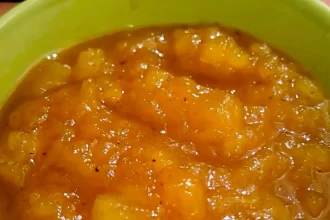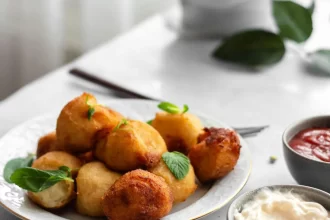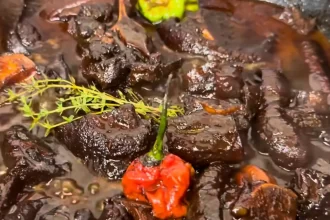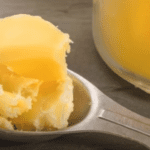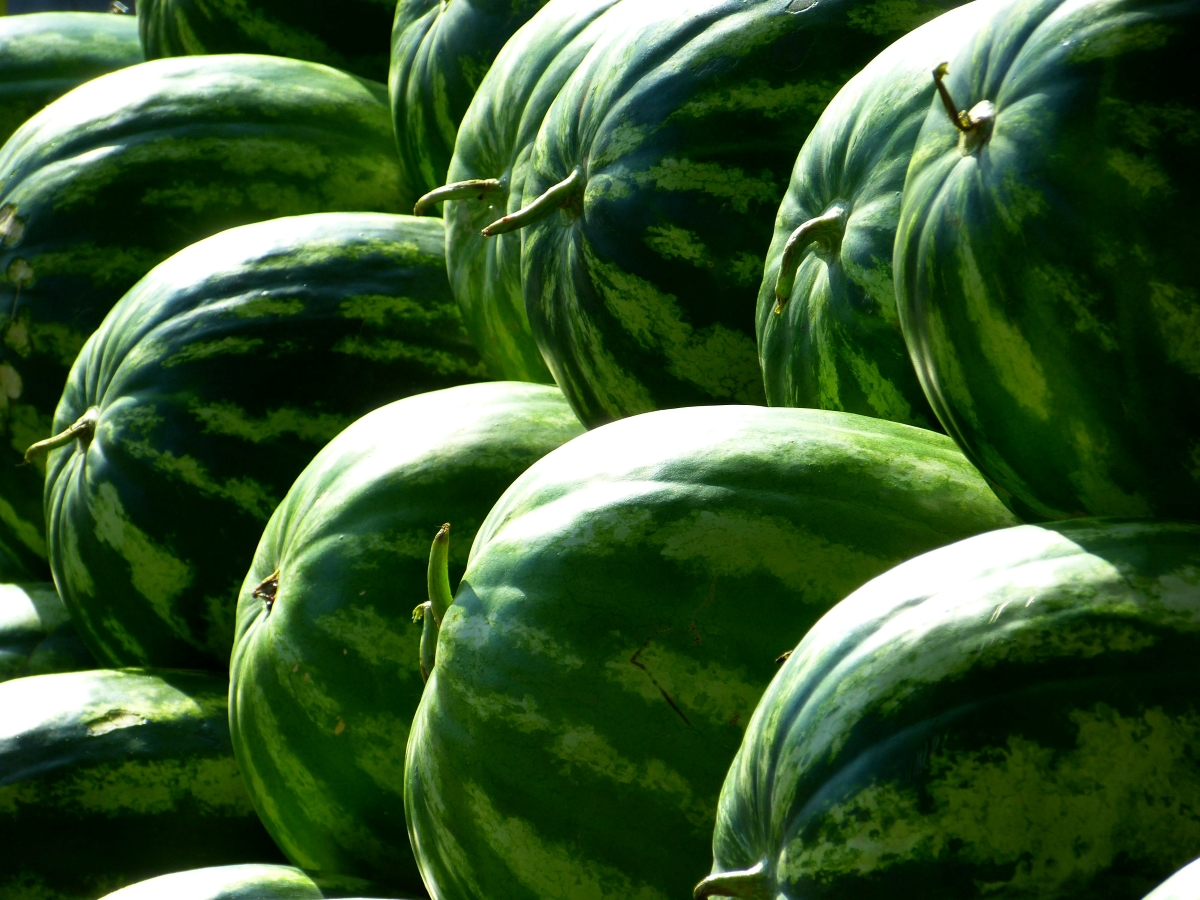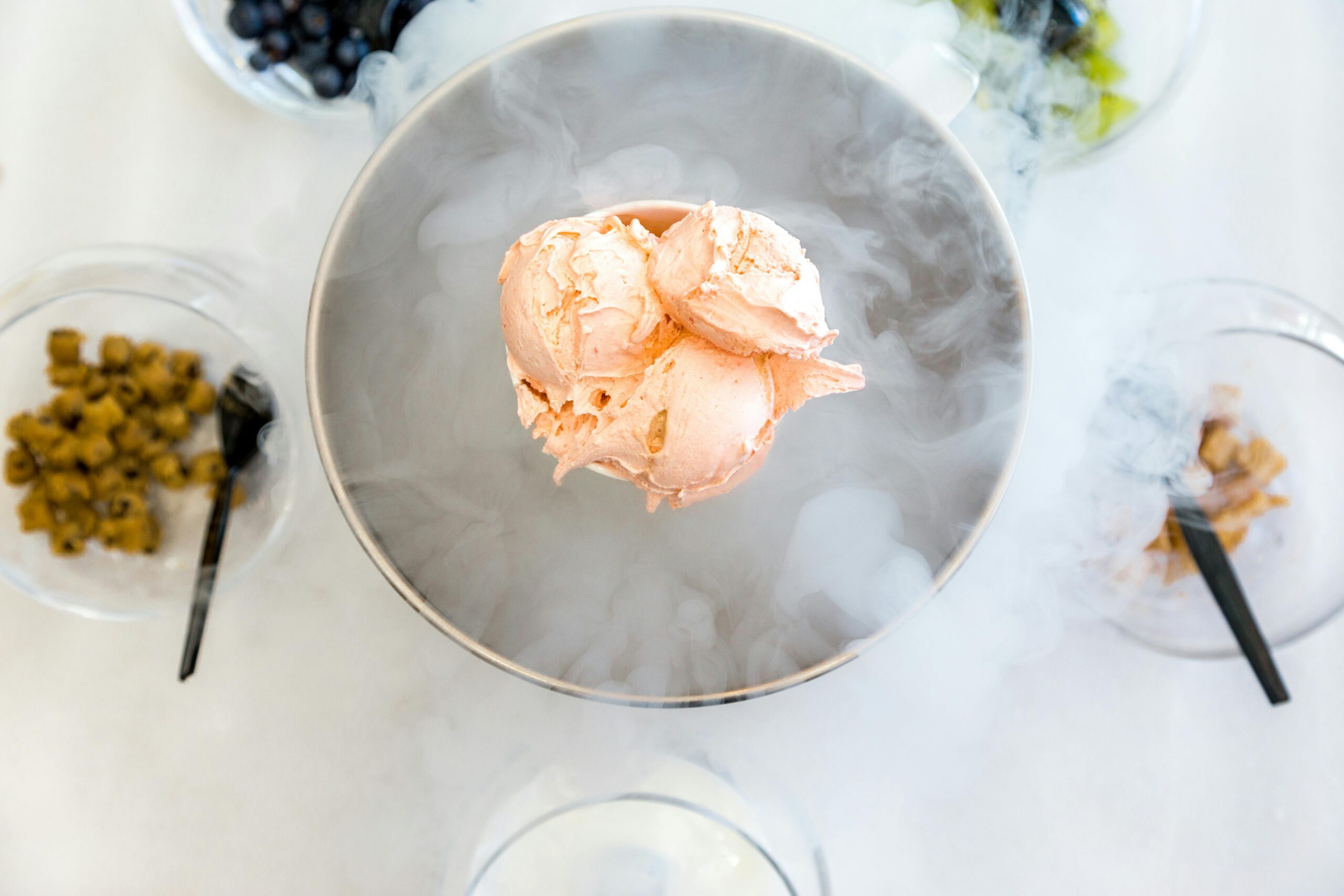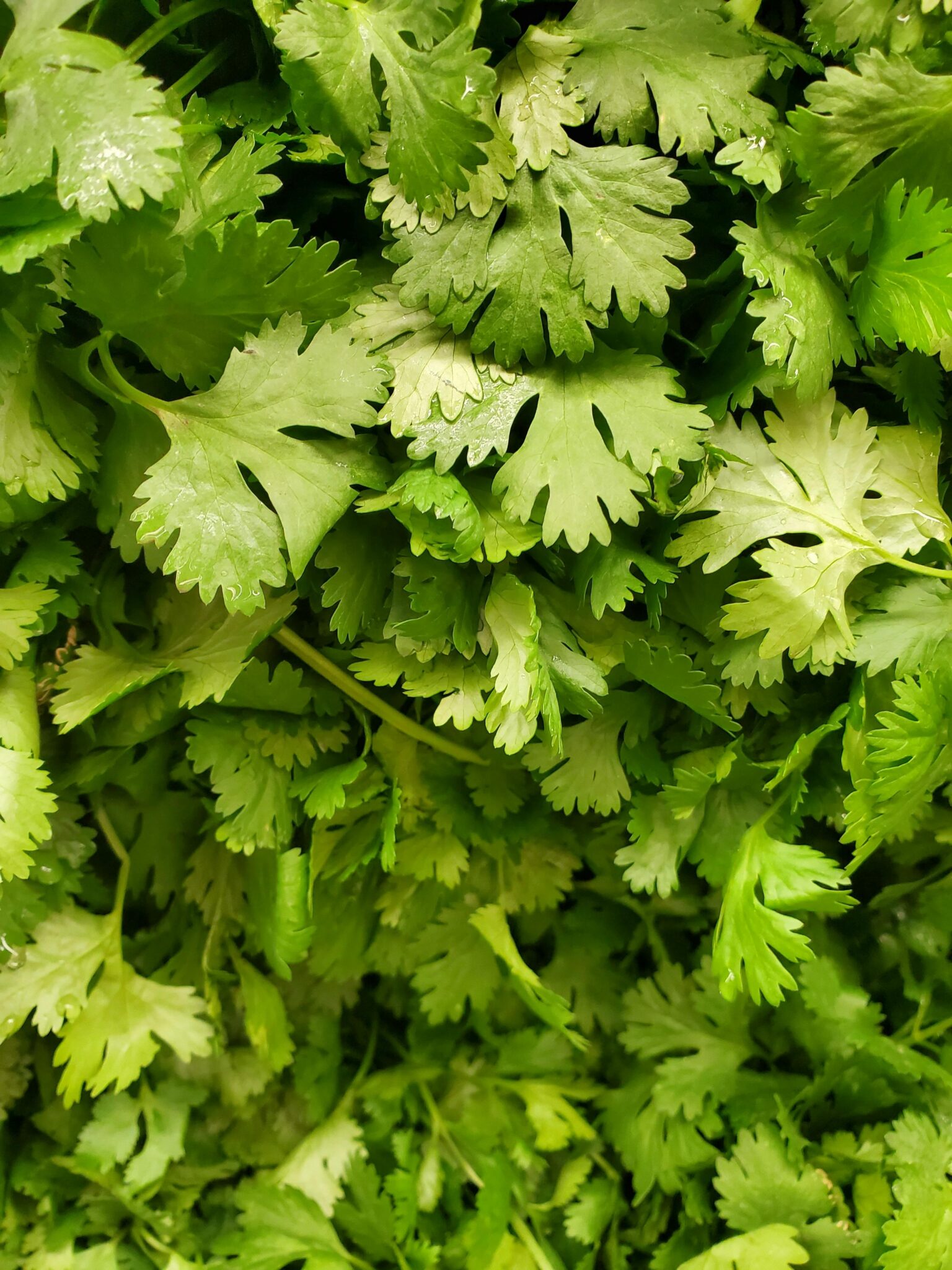Aye, meal prepping is the way to go these days, and trust me, I couldn’t be happier! I’ve been meal prepping for years because it’s a great way to save time, money, and cut down on waste in the kitchen. Seeing so many people catching on to this method is pure joy. But for those who haven’t had the meal prep “Aha!” moment, I wanted to do a quick Meal Prep 101 to help you grasp the concept or get over any intimidation. Leh we get into it!
What is Meal Prepping?
Meal prepping is simply preparing a meal or recipe, then portioning it out to create grab-and-go meals for later. If you’ve ever packed up your leftovers from dinner to take for lunch the next day, then you’ve already mini-meal prepped! Generally, meal prepping refers to preparing 3-7 days worth of food at a time. It’s like packing your lunches for the week all at once instead of packing your lunch each morning. You can use this same technique for breakfast, lunch, dinner, and snacks.
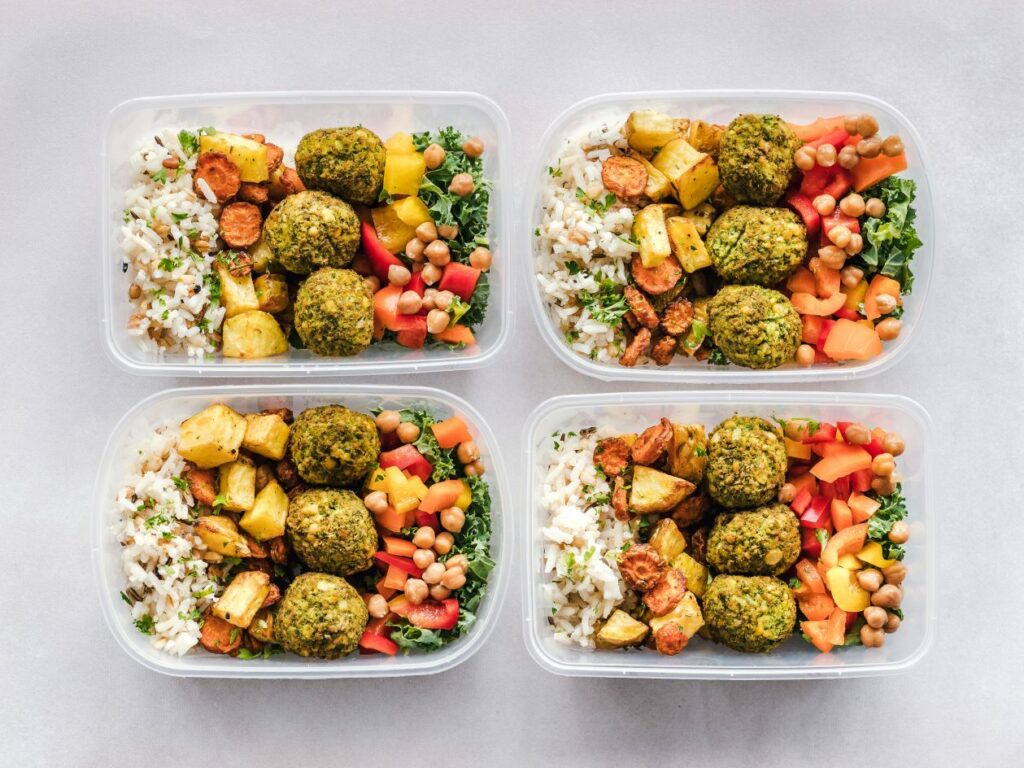
Why I Started Meal Prepping?
One day as I begrudgingly handed over yet another $20 bill for a lackluster lunch, I had a moment of clarity. Why was I wasting so much money on meals that didn’t even excite my taste buds? My Guyanese upbringing had instilled in me a love for bold flavors and hearty meals, and yet here I was, settling for bland sandwiches and overpriced salads.
The decision to start meal prepping came from a desire to save money, but also to bring a piece of my heritage to my daily routine. Growing up in Guyana, my mom would make the most incredible meals with simple ingredients, bursting with flavor and love. I wanted to replicate that feeling, even if it was just for my work lunches.
Why Meal Prep?
Meal prepping is convenient, efficient, reduces waste, and keeps you from straying from your plan (whether it’s a diet or a budget). When cooking every single day isn’t an option, meal prepping lets you still eat home-cooked meals without having to dedicate time each day to preparation. Plus, it stops you from reaching for junk when hunger strikes!

How I Started Meal Prepping
Alright, folks, let me be real with you—I had no idea where to start when it came to meal prepping. The thought of cooking a bunch of meals at once? Totally daunting. So, I decided to start small. Burritos seemed like a safe bet—easy to make, customizable, and perfect for packing. I grabbed some tortillas, beans, chicken, rice, and veggies, and embarked on my mission to create a week’s worth of lunches.
The first few attempts were, well, let’s just say they were a learning experience. The rice was too dry, the chicken overcooked, and the burritos often fell apart. But with each week, I improved. I began experimenting with different fillings—adding sautéed peppers, swapping chicken for beef, and even trying out a few vegetarian options.
Now, here’s the deal: if you’re wondering who should meal prep, I’ll tell you straight up—meal prepping isn’t for everyone. It’s a dream come true for those of us who value convenience and efficiency over variety. You’ll be eating the same dish for a few days, so if you can’t stand leftovers or get bored easily, this might not be your thing. But if you love having control over what you eat and want to stretch your time or budget, meal prepping is a game-changer. It’s usually more manageable for individuals or couples, because trying to please a whole family? That’s like trying to solve a Rubik’s Cube blindfolded.
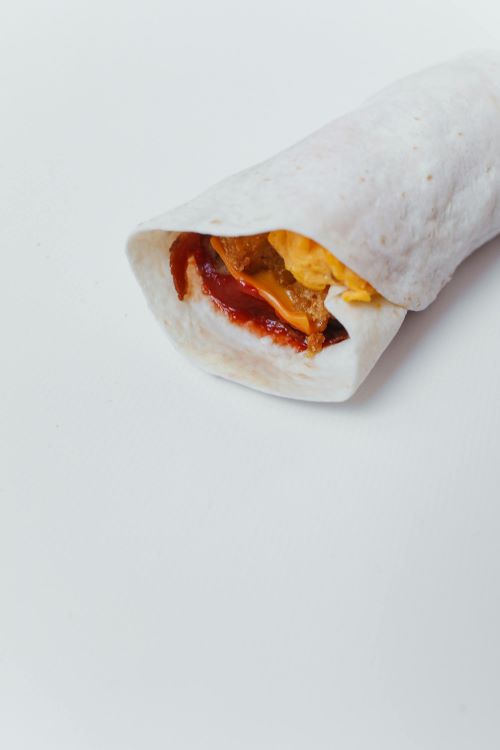
What Can I Meal Prep?
One day, as I was munching on yet another burrito, I had an epiphany. Why not infuse my meal prep with the flavors of home? Guyanese cuisine is rich, diverse, and perfect for meal prepping. I started with simple dishes like curry chicken with rice and peas, dhal and roti, and chow mein.
The first time I brought curry chicken to work, the aroma alone had my colleagues flocking to my desk, curious and envious. It was a proud moment. Not only was I saving money, but I was also sharing a piece of my culture with others. My meal prep sessions became an opportunity to recreate my mom’s recipes and experiment with new ones.
One of my favorite meal prep dishes quickly became dhal and roti. The process of making roti is almost therapeutic—rolling out the dough, cooking it to perfection, and then tearing it apart to soak up the flavorful dhal. It’s a comforting meal that reminds me of home.
I also started making Guyanese-style fried rice, packed with vegetables, shrimp, and the perfect blend of spices. It’s a versatile dish that reheats well and tastes even better as the flavors meld together over time. I can eat Guyanese-style fried rice without getting bored.
Foods That Work Well for Meal Prepping:
What I Found Out Works Well For Meal Prepping:
Cooked grains & pasta, beans, meat, roasted vegetables, whole fruits, nuts & seeds, and sauces/dips are all excellent for maintaining flavor and texture over time.
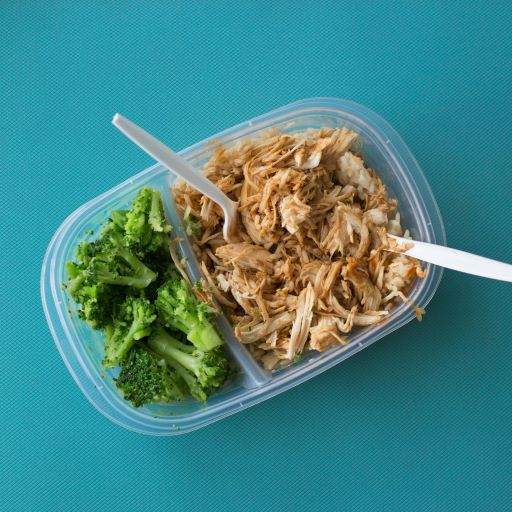
Foods That Do Not Work Well for Meal Prepping:
Foods That Do Not Work Well for Meal Prepping:
Lettuce and Leafy Greens can wilt quickly when dressed or stored for too long, making salads less appetizing after a day or two. Crunchy items like fried foods, crackers, and chips lose their crispiness when stored.
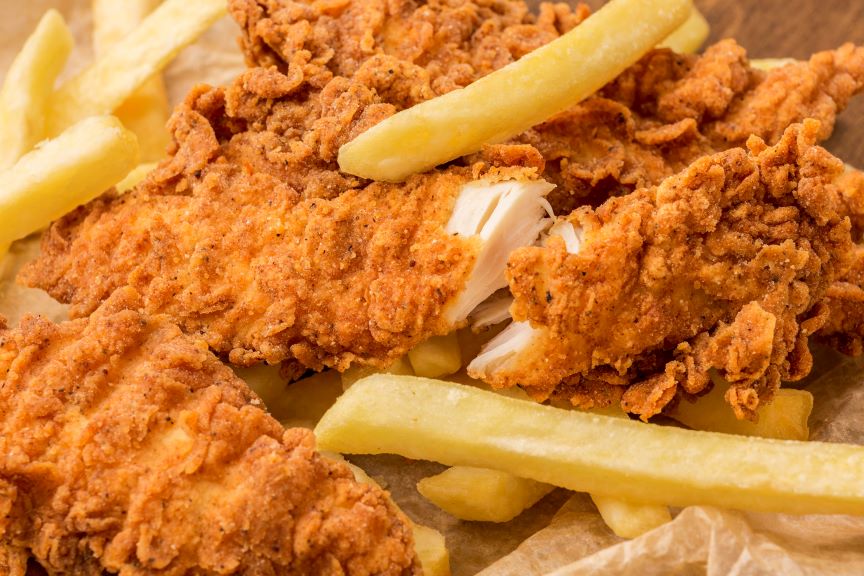
How Long Do My Meal Preps Stay Fresh?
This question comes up a lot, and there’s no one-size-fits-all answer. Food starts losing quality as it sits in the fridge, and how it’s packed or the specifics of your fridge can make a difference. Personally, I avoid prepping more than four days’ worth at a time because by the fifth day, the food can become too limp and lifeless for my taste. Prepping for four days allows me to manage the week with just one or two sessions, sometimes incorporating freezer leftovers. Plus, let’s be real—sometimes you just need a cheat meal on that last day!
How to Start Meal Prepping
Starting small is the key. Begin by packing up dinner leftovers one night and taking them for lunch the next day. This allows you to get comfortable with the idea of meal prepping and understand which types of foods you enjoy as leftovers.
Once you’re comfortable with leftovers, choose a simple recipe to prep for the week. Consider using a meal prep formula to simplify your planning, such as:
These formulas streamline your prep process by ensuring a balanced meal without the need for separate side dishes. Add toppings like sauces, nuts, seeds, or croutons to enhance flavors, or keep it simple to save time.
Mastering one recipe sets the stage for expanding your meal prep efforts. Consider adding a second recipe for either lunches or dinners, or even incorporating breakfast options into your routine. The key is to scale your meal prep to match your eating habits and lifestyle. Avoid the temptation to prep too much food that may go to waste if not consumed promptly.
By starting small and gradually expanding your repertoire using meal prep formulas, you’ll build confidence in your meal prep skills and discover a routine that works seamlessly for you.
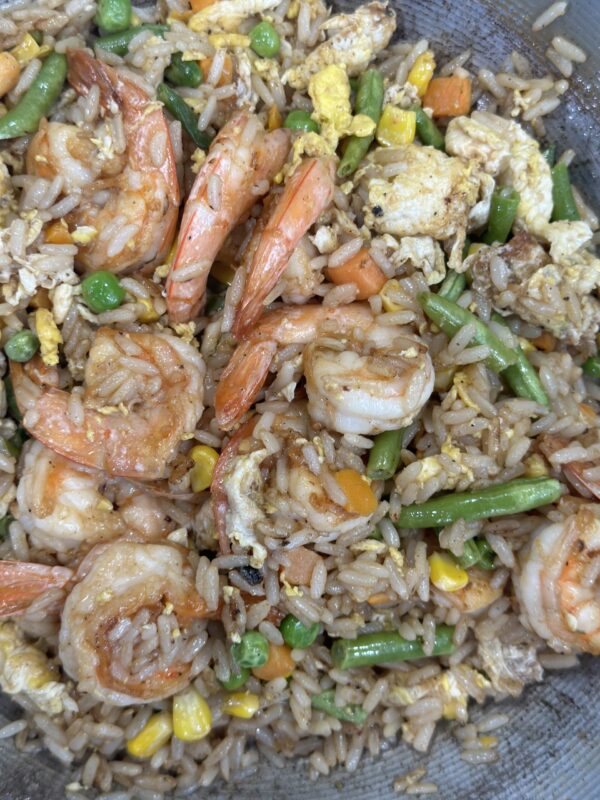
What You Need?
Containers. Start small with different shapes and sizes.
I started with plastic containers—BPA-free and microwave, freezer, and dishwasher safe. They’re inexpensive and come in various shapes and sizes.
Later, I upgraded to glass containers. My favorites are single compartment containers (3-cup rectangle and 4-cup bowl). Divided glass containers are also good, but not all foods fit in the smaller compartments, and they aren’t leak-proof.
Fold top sandwich bags or zip top bags help separate ingredients, and 1-2 oz. resealable containers are perfect for dressings and dips.
In addition to containers, check out our post on Essential Items for Successful Meal Prep for all recommended items.
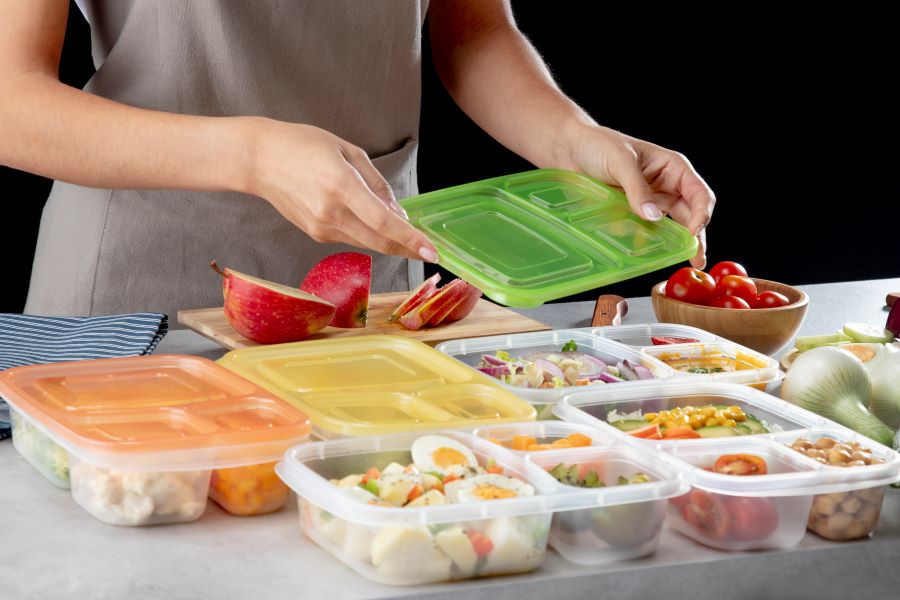
Share Your Meal Prep Wins
Share your tips, tricks, and meal prep successes in the comments below! I’d love to hear your creative meal prep hacks!
10 Common Questions on How to Meal Prep
What is meal prep and why is it important?
Meal prep involves preparing meals or ingredients ahead of time to streamline cooking during the week. It saves time, reduces stress, and helps maintain healthy eating habits.
How do I start meal prepping?
Start small by choosing simple recipes and investing in quality containers. Prep ingredients like grains, proteins, and vegetables in advance to assemble quick meals throughout the week.
What are the benefits of meal prepping?
Meal prepping saves money by reducing food waste, encourages healthier eating choices, and frees up time during busy weekdays.
How long do meal prepped meals last?
Most meal prepped meals can be stored in the refrigerator for up to 4-5 days. For longer storage, consider freezing meals in airtight containers.
What are some easy meal prep ideas?
Try preparing batches of salads in jars, grilled chicken with roasted vegetables, or overnight oats for quick breakfasts. These can be customized with different flavors and ingredients.
How do I store meal prepped food?
Use airtight containers or glass jars to store meal prepped food in the refrigerator. Label containers with dates to keep track of freshness.
What containers are best for meal prep?
Choose containers that are microwave-safe, dishwasher-safe, and leak-proof. Glass containers are durable and environmentally friendly, while plastic containers are lightweight and convenient.
Can you freeze meal prepped meals?
Yes, many meal prepped meals can be frozen for longer storage. Use freezer-safe containers or bags to prevent freezer burn and maintain freshness.
How do I meal prep on a budget?
Plan meals around affordable ingredients like grains, beans, and seasonal vegetables. Buy in bulk, utilize leftovers creatively, and prioritize versatile pantry staples.
What are some healthy meal prep recipes?
Check out our recipes like Guyanese-style cook-up rice, curry chicken with roti, or Jamaican jerk chicken with rice and peas. These recipes are nutritious, and can be customized to suit your taste preferences.



